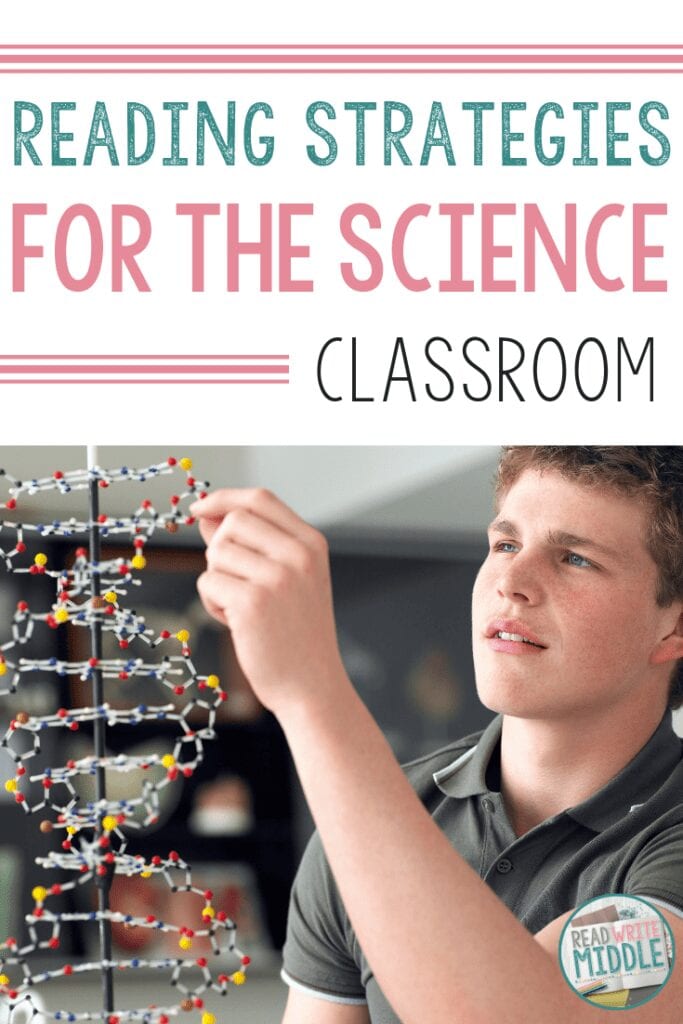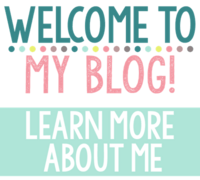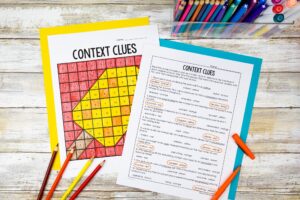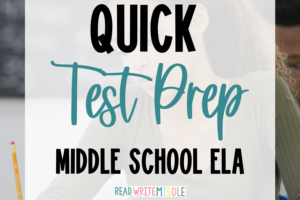
This guest post is by a 7th grade Science teacher who has taught for 9 years.
When asking students to engage with text in the science classroom, I try to remember 3 As: audience, anticipation, and annotations.
Audience
Before even selecting my text, I spend time planning out and asking myself, “Is this the right text for my students?” With numerous resources available this may take some time; however, the end result will lead to better engagement with the text and thus better understanding.
Knowing the general reading levels of your students is an obvious necessity, but this goes deeper than that. Think of the type of text (article, audio, blog) that you need. Consider the time of day and delivery method to students. Entertain their curiosities. Traditional textbook nonfiction-type readings are not the only way to deliver science instruction.
Anticipation
Set up engagement before beginning the text by creating anticipation of what they are about to read. This process doesn’t have to be a lengthy activity. This can be more traditional, in the sense of outlining the key points of what they are reading for, or outlining key text features, such as subheadings and footnotes.
Anticipation can also be engaging by inquiring what the students know or don’t know with true/false information. (Bonus that this serves as a pre-assessment!) You could pull some controversial or unbelievable information from the text and have them to react to it. Regardless of what you do, this increased level of buy-in is more likely to have students actually engage with the text rather than stare blankly or jump right to some comprehension questions.
Annotation
By allowing students to annotate text, you create a deeper understanding of what was read. Even when resources do not allow students to have their own physical copy of the text, get creative so that students are forced to read and not simply skim. If you have limited paper, create a class set and put them in page protectors to be written on with dry erase markers.
Digital annotation tools can be used with online resources. Annotations can look different in all classrooms, so research and find what basic things you want students to do every time in a text. Make it a routine. For example, if students are required to answer questions from a text, I always require them to go back and underline the evidence. Putting the number of the question beside what was underlined also limits students from highlighting or underlining irrelevant portions of the text.









